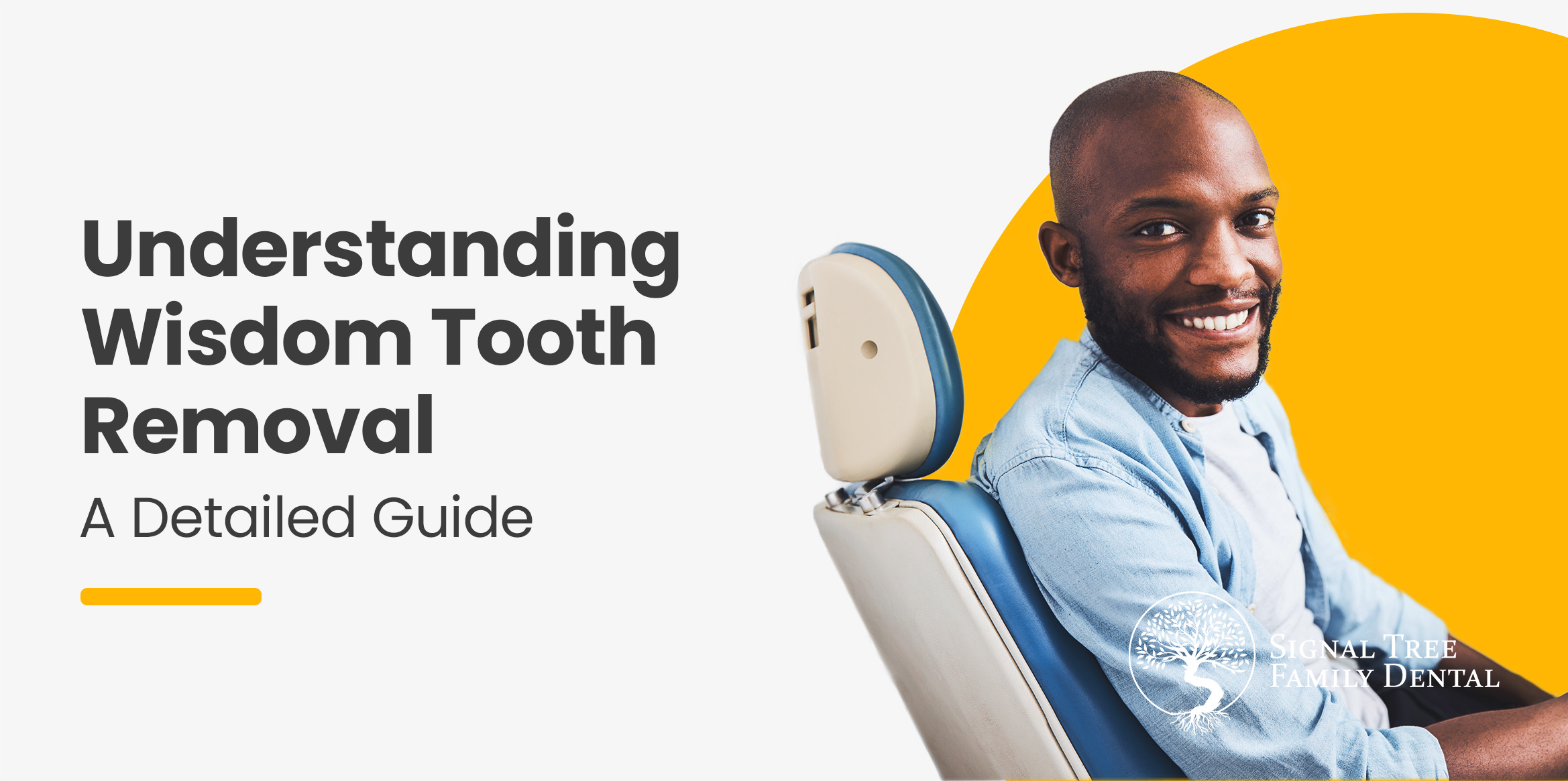Understanding Wisdom Tooth Removal: A Detailed Guide
Wisdom tooth removal is a common dental procedure that many people undergo to prevent or address problems caused by the emergence of these late-blooming molars. Often, wisdom teeth become impacted, meaning they cannot fully emerge through the gum line due to lack of space or being at an angle. This can lead to pain, infection, and other dental issues. In this guide, we’ll explore the essentials of wisdom tooth removal, including why it’s necessary and what to expect.
Why Wisdom Tooth Removal Is Necessary
Wisdom teeth, or third molars, typically emerge in the late teenage years or early twenties. While some people have enough room in their mouths to accommodate these additional teeth without any problems, many do not. Impacted wisdom teeth can cause a range of issues, including overcrowding, misalignment of existing teeth, pain, and the risk of infection. In such cases, dental professionals recommend removal to prevent potential complications.
The Removal Process
Wisdom tooth extraction is performed under local anesthesia, sedation, or general anesthesia, depending on the complexity of the case and the patient’s comfort level. The procedure involves making an incision in the gum to expose the tooth and bone, removing any bone blocking access to the tooth root, dividing the tooth into sections if it’s easier to remove in pieces, and then extracting the tooth. The site is then cleaned of any debris from the tooth or bone, and the wound is stitched closed to promote healing, with gauze placed over the site to control bleeding and assist in clot formation.
Recovery and Aftercare
Recovery typically takes a few days, during which patients are advised to rest, avoid strenuous activity, and follow a soft-food diet. Pain management includes prescribed or over-the-counter pain relievers and ice packs to reduce swelling. It’s important to follow all post-operative instructions provided by your dentist or oral surgeon to ensure a smooth recovery.
Frequently Asked Questions
Recovery typically takes a few days, during which patients are advised to rest, avoid strenuous activity, and follow a soft-food diet. Pain management includes prescribed or over-the-counter pain relievers and ice packs to reduce swelling. It’s important to follow all post-operative instructions provided by your dentist or oral surgeon to ensure a smooth recovery.
Are Wisdom Tooth Extractions Painful?
Wisdom tooth extractions are generally not painful during the procedure itself, thanks to local anesthesia, sedation, or general anesthesia options that numb the area and ensure patient comfort. Post-operative discomfort is common but varies from person to person; it can include swelling, bruising, and mild to moderate pain as the anesthesia wears off. This discomfort is typically manageable with prescribed pain medications, over-the-counter pain relievers, and home care remedies such as ice packs. Most patients find that any pain following the extraction diminishes significantly within a few days, with complete healing occurring over the subsequent weeks.
Conclusion
Wisdom tooth extractions are generally not painful during the procedure itself, thanks to local anesthesia, sedation, or general anesthesia options that numb the area and ensure patient comfort. Post-operative discomfort is common but varies from person to person; it can include swelling, bruising, and mild to moderate pain as the anesthesia wears off. This discomfort is typically manageable with prescribed pain medications, over-the-counter pain relievers, and home care remedies such as ice packs. Most patients find that any pain following the extraction diminishes significantly within a few days, with complete healing occurring over the subsequent weeks.



